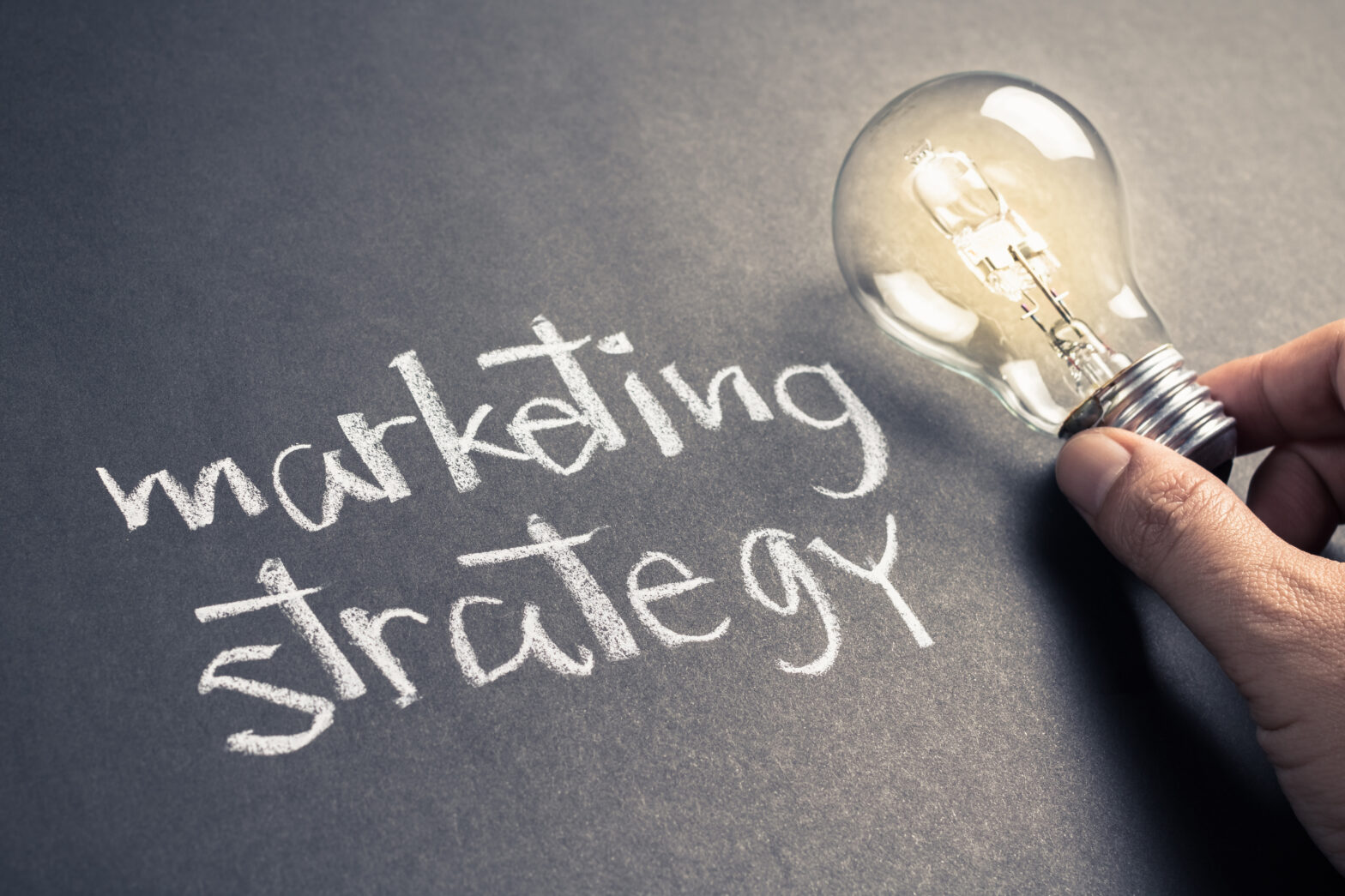We’ve all been to a cocktail party or large, social gathering where people have to shout over one another to be heard. You know the ones where you find yourself carefully waiting for the ideal time to share your view, only to be drowned out by a louder voice. Well, that’s what your content marketer goes through on a constant basis.
You would be hard pressed to find a business today that is successfully marketing itself without the use of quality content to engage their customers and create a deeper, more valuable experience for them. As a result, the content marketplace is precisely like the noisy cocktail party, except how well you can be noticed or heard can be the difference between beating your competitors or perpetually chasing their coat tails.
Thus, like a good joke at a party, your content has to stand out. Some content marketers achieve this through quality, others through tactful opportunities in the marketplace and some leverage less popular types of content that actually provide significant returns. These content types are all things you’ve seen before, but have you ever thought about how you could leverage them for your own marketing campaigns?
1. Infographics
Some people may not admit it, especially younger generations, but learning is cool. Unfortunately, as we get older, it becomes more and more difficult to understand and upload new ideas to our brain. Enter the infographic, which encodes complex ideas and messages in a way that is easy to understand, fun to engage with and very shareable across social media channels.
The best example of an infographic to show you is this infographic about why this content type is useful and better than a block of text.
2. Knowledge-based quizzes and assessments
We are suckers for trivia and the opportunity to test our knowledge against others. As a result, brands have begun tapping into this desire by offering silly puzzles, hard-to-solve math questions and quizzes. These strategies are extra engaging on social media, as followers try and stump their friends or get competitive and see who can get more right answers.
Quizzes can convert huge when you tie them into the products and services that your company offers. For example, imagine an auto repair service that produces a quiz titled: How Much Do You Really Know About Car Maintenance? First, the inclusion of the word ‘really’ is a subtle way to challenge the viewer to engage and take the test. Once they’ve completed the assessment, they may realise that they actually don’t know all that much and maybe their car needs a service checkup. Boom, the auto repair company is right there to fill that need.
3. Opinion or personality-based assessments
Personality-based assessments have become very popular, thanks in large part to big media content hubs like BuzzFeed. These quirky, fun quizzes let us discover valuable insights about ourselves. Like which Disney Princess we’re most like or what era we should have been born in.
Again, these assessments can produce huge conversion rates if you can connect them to your products. Imagine a clothing store that creates an assessment entitled: ‘What colour matches your personality?’ Upon completion, the consumer discovers that green is their colour. But alas, they don’t own many green clothes. How can they solve this problem? By making a purchase through the clothing store.
4. Surveys and questionnaires
Somewhere along the line, brands stopped surveying their customers and asking their thoughts and opinions like they used to. Perhaps this is because they began mining their social media data instead or they simply don’t want to admit to customers that there are areas that need improvement, for fear of those customers defecting to competing brands.
This is flawed logic. For one, whatever shortcomings your brand has, your customers are already aware of them. Additionally, many customers like to be asked their feelings. They want to see your brand succeed and improve. The opportunity to play a fundamental role in the manifestation of that success is something few brands offer. A great way to communicate with your customers and encourage feedback is with a mobile app. Users can provide feedback and even take pictures to show businesses how customers view your business. If you don’t know how to build an app for your business you can use a mobile app maker to create one.
5. Interactive videos
The content marketplace is densely populated with video content. Channels like Vimeo and YouTube have made this content easy to host and share. Not to mention, the majority of us walk around with video cameras in our pockets thanks to smartphones. While video content is standard, interactive videos are less so. Third-party software allows you to embed interactive, clickable icons and buttons into a video.
Why is this relevant or engaging? Well, consider any of the above content types supplemented with a video. Instead of just taking a quiz or filling out a survey, the consumer gets to also watch a relevant video. No more, ‘Please fill out our questionnaire at the end of the video.’ Now, they happen simultaneously.
6. Calculators
For some businesses, digital calculator tools provide an invaluable resource to their customers. You may have used one of these tools if you have tried to apply for a loan or credit card online and have been able to calculate your interest rates beforehand. Not every company is going to find a calculator applicable, but the ones that can will see big conversions.
Calculators convert well because they create a no-risk, low-effort environment for a potential customer to figure out exactly how big of an investment is required of them. Without ever speaking to a sales representative, they can decide for themselves whether or not said investment makes sense. You can use this in many different formats. You can help customers choose between different marketing tools to use. For instance, when searching for the best app maker they could use a calculator to estimate cost savings.
7. Contests
Arguably, the most useful content type at encouraging customer engagement is a contest or giveaway. There is no better value, in the mind of a client, than free. Contests can fuel the natural, competitive side of people, similar to quizzes and trivia. They convert well because non-customers participate for the chance to win and for fear of missing out.
The issue with this content type is the investment required. You have to give something valuable away to encourage people to compete. Thus, you have to accurately estimate this investment against how engaging you think the contest will be. Brands that can create a low-cost contest that’s highly engaging see the biggest returns.
Conclusion
The difficult task is knowing where to start and which content type to try first. To begin, take a look at your competitors and their content strategies. Check to see which types are being under-utilised by the collective. These will present the opportunities for some of the biggest gains in the content marketplace.





